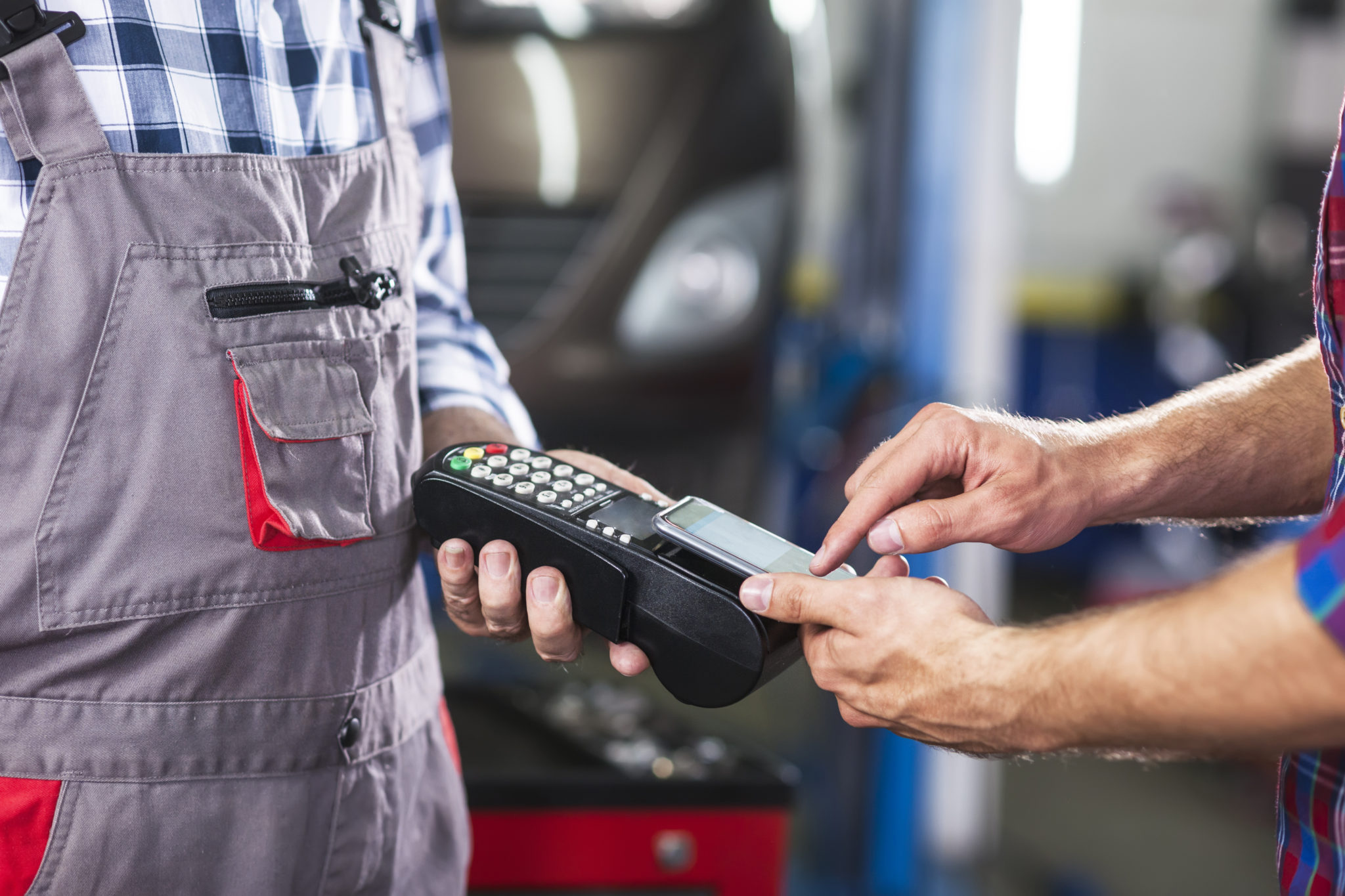September 30, 2020 | 5 min read
Are contactless payments finally here to stay?



It’s no surprise that contactless payments are increasing in the wake of COVID-19. These “tap to pay” payment options provide cardholders a touch-free experience to avoid potential viruses and germs left on surfaces at the point of sale (POS). They are also highly convenient and minimize the time cardholders need to spend in the store, with the option of having their payment method readily available in any smartphone or smartwatch, instead of wedged inside a physical wallet.
A quick look at transaction trends on our platform provides insight into the rise in contactless payments. By the end of July, the number of contactless payments coming through the Marqeta platform was more than 150% greater than a typical week in February. In verticals like on-demand delivery, the use of contactless payments by shoppers and couriers at the height of the shutdown rose to as much as 20X their pre-pandemic levels.
Adoption in the U.S. is far from mainstream, but the recent pandemic has given the region a notable boost.
Historically, the U.S. has been far behind other markets in terms of contactless payment usage. There are many reasons to explain this disparity, including issuer adoption of contactless cards or merchant adoption of contactless-enabled POS systems. Given the current state of the economy, however, the question is not if, but when the U.S. will catch up. Since March 2020, 31 million Americans paid with a Visa contactless card or digital wallet, up from 25 million in November, according to Visa. And even before the pandemic, major card program providers were re-issuing cards with contactless technology to encourage wider adoption.
According to Marqeta’s latest consumer payments survey, 64% of U.S. consumers now use a mobile wallet, up from 38% in 2019 and 73% of consumers say concerns around COVID-19 motivated them to use their mobile wallet more.1Survey of 2,005 US consumers aged 18-65, performed by Propeller Insights on behalf of Marqeta, from September 8-14, 2020
In other markets, restrictions are easing to enable higher-value contactless transactions.
Although already popular in many markets outside the U.S., contactless payments were reserved for low-value transactions because of spend limits that are meant to protect cardholders and card issuers. Payment consortiums in Canada, the U.K., and other markets saw the benefits of touch-free payments and quickly pushed to increase contactless limits early on in the pandemic. These measures will not only serve to support increased usage now, but may help contactless payments reach ubiquity in the long term.
Card program providers looking to enable contactless payments have multiple options.
Digital and mobile wallets
Cards can be tokenized and added to a digital wallet such as Apple Pay, Google Pay, and Samsung Pay on a device for a touch-free experience.
Contactless cards
Physical cards can also be enabled for contactless payments to allow cardholders to tap or hold their card near an enabled POS system without requiring the cardholder to touch additional surfaces.
In addition to safe, touch-free payment experiences, contactless payments through digital wallets provide additional benefits.
Jumpstart usage
Cards can be instantly made available in a cardholder’s digital wallet on their device to start spending immediately vs. waiting for a physical card to arrive in the mail. For customers in the on-demand delivery space like DoorDash, this is essential to onboarding couriers so they can begin working and earning immediately.
Ensure payment continuity
Digital wallets can be dynamically updated if underlying cards are expired, lost, or stolen. Cardholders don’t need to manually re-enter their card details to start using their wallets again.
Reduce the risk of fraud
With tokenized cards in digital wallets, personal account numbers (PAN) are never shared with merchants, and cardholders must authenticate themselves on their device at the time of payment. Physical contactless cards use the same EMV-chip technology as regular cards, making it difficult for fraudsters to create counterfeits.
How can Marqeta help?
Marqeta provides multiple options to get a card program up and running with contactless payments.
Physical cards issued through the Marqeta platform have the option to be enabled for tap-to-pay transactions at POS systems that accept contactless payments. Cards can also be added to many QR (quick response) code-based payment systems and apps that are used in stores.
Marqeta was also the first to provide push provisioning technology in 2016 through our partnership with Square Cash App, which allows virtual cards to be pushed to a digital wallet on a cardholder’s device in a matter of seconds, without the cardholder needing to manually enter card details.
Marqeta has also opened up this service to card programs not directly issued through our platform with our Tokenization as a Service offering.
Learn more about Marqeta’s digital wallet and tokenization offering or tell us your use case to get started.
